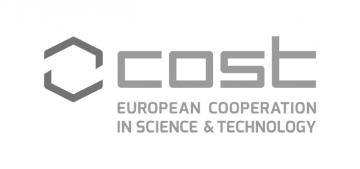Sanz Del Olmo N, Maroto-Diaz M, Quintana S, Gómez R, Holota M, Ionov M, Bryszewska M, Carmena MJ, Ortega P, Javier de la Mata F. Eur J Med Chem. 2020;207:112695.
A family of heterofunctional Schiff base carbosilane metallodendrons with [Ru(η5-C5H5)(PTA)Cl] (PTA = 1,3,5-triaza-7-phosphatricyclo-[3.3.1.1]decane) at the focal point and dimethylamino groups on the periphery are described. The new systems have proved their ability to interact with biological molecules such as Human Serum Albumin (HSA) without affecting its secondary structure and erythrocytes membranes, causing haemolysis in a dose and generation dependent way. The combination of two active functional groups in one single dendritic platform has shown a cooperative effect in the viability of HeLa and PC-3 cells, with the second generation derivative standing out as the most promising with the lowest IC50. Experiments focused on advanced prostate cancer have shown an antimetastasic activity for those metallodendrons, hindering the adhesion of cells in one of the main targets of metastasis, bones, and inhibiting cell migration. Finally, the second generation metallodendron with one single metal centre and four dimethylamino groups on the dendritic wedge, was selected for an ex vivo experiment in nude mice with advanced prostate cancer inhibiting the tumour growth in a 40% compared to control mice. Copyright (C) Elsevier B.V.


